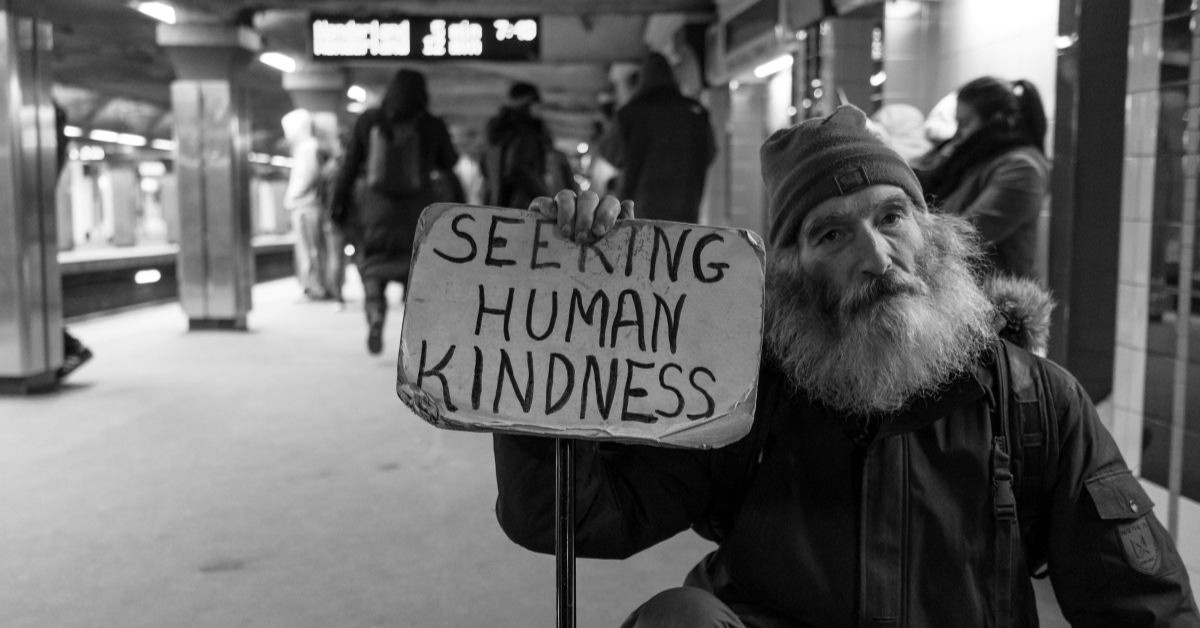Rusel Reports: Homelessness Sector Under Pressure – Cuts, Delays, and Quiet Heroes. The homelessness sector continues to face mounting challenges, and recent developments in Oxfordshire and beyond paint a complex picture of policy decisions, funding shifts, and grassroots efforts. Here’s a round-up of what’s been happening—and what it might mean
1. Oxfordshire Cuts Beds
Oxfordshire County Council has approved a controversial plan to reduce the number of beds available for young people leaving the care system. The move will see a 20% reduction in beds and a lowering of the age limit for access from 25 to 21.
The council cites low occupancy and short waiting times as justification, but this decision comes at a time when national demand for youth homelessness services is rising. The plan, confirmed on August 25th, is expected to save the council £2.1 million.
One can’t help but wonder: could those unused beds have been offered to other young people facing homelessness for different reasons?
2. Funding Shake-Up Threatens Local Support
Back in June, Oxfordshire’s local councils and the Oxfordshire Homelessness Alliance raised concerns about proposed changes to the Homelessness Prevention Grant.
The government is consulting on a plan to redistribute funds based on local benefit claim rates. While this might sound fair in theory, it could lead to significant funding cuts for Oxfordshire’s councils—potentially leaving them unable to meet growing demand.
Could this lead to a migration of homeless individuals to areas with better-funded services? It’s a possibility worth watching.
3. No-Fault Evictions: Still Waiting
Remember the promised ban on No-Fault Evictions? First proposed by the Conservatives, then adopted by Labour with a pledge to “immediately abolish” them—well, it’s been delayed again.
The ban is now expected sometime in 2026, rather than this autumn. Meanwhile, 25,000 households have received Section 21 notices since Labour took office. Promises are easy; delivery, it seems, is harder.
4. Homeless Women: Invisible in the Data
A recent study by a charity has revealed a troubling truth: 9 out of 10 homeless women are not counted in official rough sleeper statistics.
Why? Because many women avoid traditional rough sleeping areas due to the risk of gender-based violence. Instead, they seek shelter in bus stations, A&E departments, bank foyers, or even on public transport—places not included in official counts.
In 2024, the government reported 680 women sleeping rough across 296 councils. But local insights identified 1,777 women in just 37 councils. That’s a staggering discrepancy.
A Ministry of Housing spokesperson acknowledged the issue, stating:
“We inherited devastating levels of homelessness and rough sleeping and know women can be particularly affected, including those hiding from harm.”
They also pointed to £1 billion in funding for homelessness services this year. Let’s hope it reaches those who need it most.
5. Festival Tents Find New Purpose
In brighter news, two charities—Emmaus Hertfordshire and Herts for Refugees—have teamed up again to salvage tents and sleeping bags from summer festivals.
At this year’s Isle of Wight Festival, they repurposed 260 tents, helping both refugees abroad and homeless people in the UK. This marks the fourth year of their collaboration, proving that small, sustainable actions can make a big difference.
6. One Spare Room, 300 Second Chances
And finally, a heartwarming story from Cumbria. Roy and Marian Muir, a retired couple from Whitehaven, have opened their home to 300 homeless young people over the past decade through Depaul UK’s Nightstop scheme.
They offer emergency accommodation in their spare room, sometimes for a night, sometimes for a week—depending on the young person’s needs and the availability of longer-term housing.
Mr. Muir shared:
“We have one person at a time, but sometimes you have them for maybe a week or longer—it depends on the situation.”
Surely, these quiet heroes deserve a place on the Honours list.
Final Thoughts
From policy delays and funding cuts to compassion and environmental innovation, the homelessness sector is a landscape of contrasts. While some decisions raise eyebrows, others restore faith in humanity. Let’s keep watching, questioning, and supporting where we can.
Photo by Matt Collamer on Unsplash






